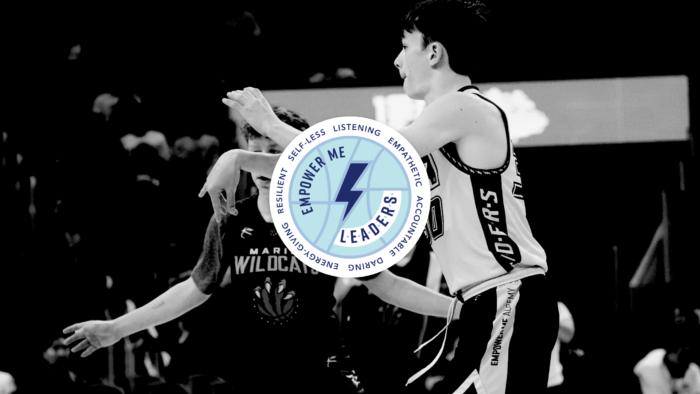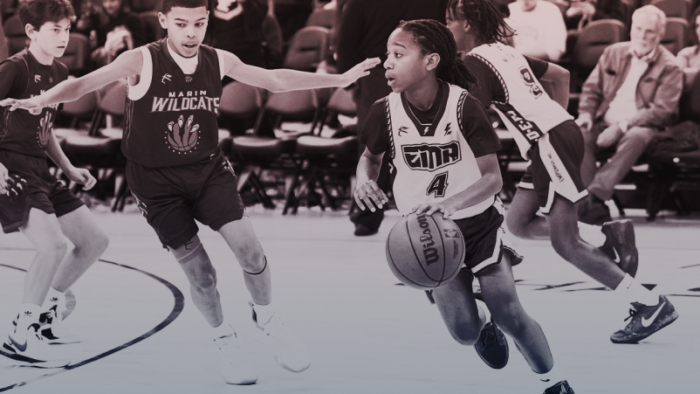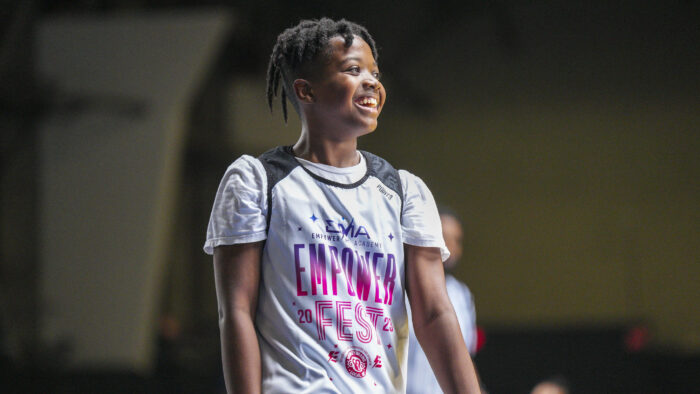Uncovering the Decline:
Exploring the Factors Affecting Youth Sports Participation
Youth sports are becoming more professionalized than professional sports. We’ve been seeing and discussing this fact at EMA since our early years. This is also the reason why we keep doing the work we’re doing as a social organization, so
Every child has the opportunity to play sports during their formative years, regardless of their background and family’s walk of life.
To explore this important and timely topic, we want to bring to our community’s attention the thought-provoking episode of the Plain English podcast, where guest Tom Farrey, executive director of the Aspen Institute’s Sports and Society Program, showed an astonishing figure:
Parents alone contribute a staggering $30 billion to youth sports.
The substantial amount includes travel, equipment, fees, uniforms, and more expenditures. Although the influx of money has undeniably fueled the industry’s remarkable growth, it does not show the full picture; as money pours into the industry, opportunities shrink for children from traditionally marginalized communities.
And this, unfortunately, doesn’t come as a surprise for us at EMA.
Youth sports trends
When looking at the numbers, the trend is apparent; according to industry data, in 2008 45% of children played in a team sport on a regular basis. In 2014, the percentage decreased to 37% for those ages 6-12. Looking at household income, participation in
Households that make $25,000 a year, 24% participate in sports. While households that make $100,000 is 40%.
Clearly, youth sports are heading towards a pay-to-play model.
The consequences of structurally pushing aside students starting at an elementary level mean children are ruled out of sports leagues before they get to play and a “culture of anti-competitiveness” thrives.
Multiple factors contribute to the decline in youth sports participation, financial barriers being a major one. The increased funding has led to a rise in the privatization of teams and leagues, resulting in higher expenses. Travel costs, for example, have emerged as the primary driver behind the escalating spending.
Division I colleges’ dramatic increase of sports-based scholarships from $300 million in the 1990s to $3 billion today exacerbates the issue.
Scholarships are seen as a golden ticket to education and upwards mobility, so parents are willing to spend more to give their children a better chance. Parents just wanting the best for their children are pressured into choosing travel teams over recreational leagues. But what about families who cannot afford all this?
This new ultra-competitive atmosphere means trouble for recreational leagues as their numbers and communities suffer. In the Southeast Region of Little League, participation is down 43% since 2007.
Rec leagues are marginalized in favor of club teams that have already carved out elite pathways. Playing for fun is not a good enough reason anymore, and accessibility decreases for families less serious about the sport.
No more playing for fun
The current state of youth sports presents a concerning scenario where children in elite leagues face immense performance pressure while casual players are left marginalized. Consequently, both groups experience mental and physical hardships.
The trend of early specialization results in athletes who lack well-rounded skills, have an increased risk of injuries and often suffer from burnout before reaching college.
On the other hand, disadvantaged children face limited opportunities to participate, depriving them of the physical benefits of exercise and the mental wellness opportunities derived from being part of a team.
With the decline of recreational leagues, the loss extends beyond the sports field to community engagement.
The absence of such leagues means parents lack spaces to gather and share experiences with other parents, leading to a diminished sense of community, while children experience a reduction in opportunities to make friends and forge new connections.
The growing class divide between recreational and travel teams worsens the issue, as teams are no longer inclusive spaces for individuals from diverse backgrounds to come together, establish relationships, and foster empathy.
How to solve the problem?
With all this in mind, how can we move towards a solution? The answer to this question is something we’ve been exploring at EMA, and there’s no easy or short answer.
However, as suggested in the podcast, there are possibilities, and we can look at Norway’s solution as an inspiration. They published a children’s bill of rights in sports, which put new restrictions on youth sports aimed at making it about the student-athletes again.
In Norway, no game scores, standings, or player rankings are permitted to be published for children under 11, and no national championship events are permitted for children prior to age 13. This mindset is similar to what we implement at EMA —
Playing should be fun and a memorable time for a child, not an obligation.
Norway was able to foster healthy competition, and children dropped out less because organized sports became fun again. This meant late bloomers, casual players and children from all economic backgrounds were able to play for longer, and recruiters were able to find more talent.
The results of this regulation can be seen in Norway’s domination in the 2018 and 2022 Winter Olympics. A country with a population comparable to Greater Boston increased its medal counts through the reinvigoration of youth sports.
Wrapping up…
In conclusion, the decline in youth sports participation due to financial barriers, the rise of ultra-competitive environments, and the marginalization of recreational leagues has had profound consequences for all children. But we need to keep discussing how to make things differently and find a way out of this situation.
By discussing the issue and creating solutions proactively as we do at EMA, we can start rebuilding youth sports as a space for enjoyment, growth, and equal opportunities to ensure that every child has the chance to experience all of its benefits.
Let’s create together a stronger, more inclusive future.





 Gift Now
Gift Now